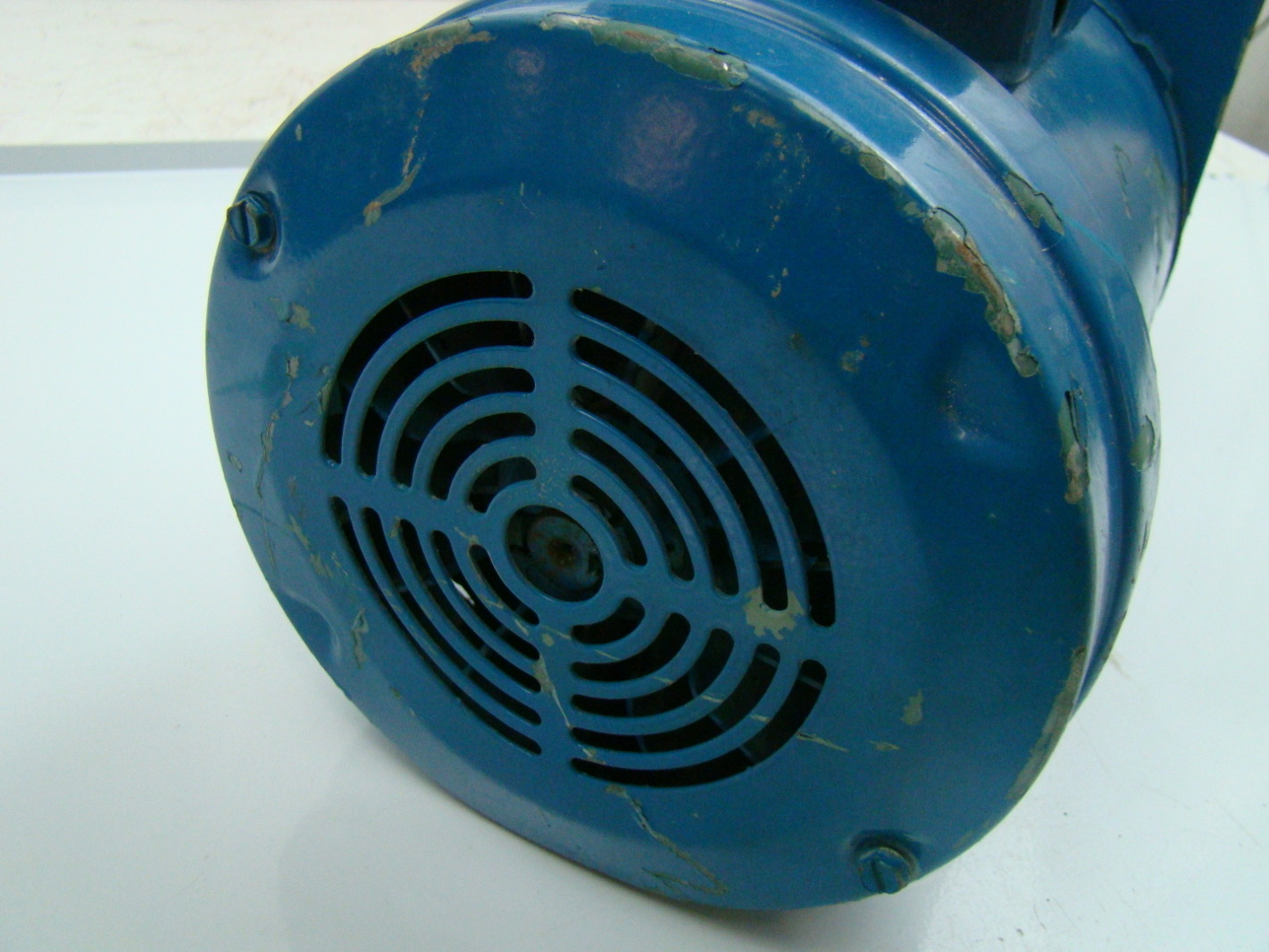

Articles
Which Motor Used In Mixer
Modified: February 20, 2024
Discover the types of motors used in mixers in our informative articles. Learn about the features and benefits of different motor options for your mixer.
(Many of the links in this article redirect to a specific reviewed product. Your purchase of these products through affiliate links helps to generate commission for Storables.com, at no extra cost. Learn more)
The Appropriate Motor for a Mixer
When it comes to choosing the right motor for a mixer, several factors need to be considered. The motor plays a crucial role in determining the performance and efficiency of the mixer. In this article, we will explore different types of motors commonly used in mixers and evaluate their suitability for this application.
Key Takeaways:
- Choose the Right Mixer Motor
Consider factors like power efficiency, speed control, noise level, and cost when selecting a motor. Universal motors for portability, induction motors for heavy-duty tasks, and BLDC motors for precise speed control. - Elevate Your Mixing Experience
The motor type impacts performance and user satisfaction. Universal motors offer portability, induction motors provide efficiency, and BLDC motors deliver precise control. Consider your needs to enhance your culinary creations.
Universal Motors
A universal motor is a type of electric motor that can operate on both AC and DC power sources. It is commonly used in handheld mixers due to its compact size and high speed capabilities. The working principle of a universal motor involves the use of both series and parallel winding, enabling it to generate a high amount of torque.
Benefits of universal motors include their compact size, lightweight nature, and high power output. They are also relatively inexpensive compared to other motor types. However, they tend to be noisy and less efficient compared to other motor types.
Induction Motors
Induction motors are widely used in industrial mixers due to their robust design and reliability. These motors work based on electromagnetic induction, where a rotating magnetic field is produced by the stator, and the rotor follows this field, resulting in rotation.
One of the main advantages of induction motors is their high efficiency. They are capable of delivering constant torque, making them suitable for heavy-duty mixing tasks. They also operate quietly and require minimal maintenance. However, they are larger and heavier than universal motors, which makes them less suitable for handheld mixers.
Brushless DC Motors
Brushless DC (BLDC) motors are gaining popularity in the mixer industry due to their efficiency and precise speed control. Unlike universal motors, BLDC motors do not use brushes, which reduces friction and maintenance requirements.
BLDC motors operate through electronic commutation, which allows for precise control over the motor’s speed and torque. This makes them highly suitable for mixers that require variable speed settings. BLDC motors are also more energy-efficient and produce less noise compared to other motor types.
Comparison of Motor Types
When choosing the appropriate motor for a mixer, it’s important to consider various factors such as power efficiency, speed control, noise level, and cost. Induction motors are known for their high efficiency and constant torque, making them ideal for industrial mixers. Universal motors, on the other hand, are compact and cost-effective but tend to be noisier and less efficient. BLDC motors offer precise speed control and energy efficiency, making them a great option for mixers that require variable speed settings.
In summary, the choice of a motor for a mixer depends on the specific requirements of the application. It’s essential to consider factors such as size, power efficiency, noise level, and speed control to ensure optimal performance and user satisfaction.
Ultimately, each motor type has its own advantages and disadvantages, and finding the right balance between functionality and cost is crucial for selecting the appropriate motor for a mixer.
Read more: Which Mixer Attachment For Frosting
Introduction
Mixers have become an essential tool in the modern kitchen, enabling us to effortlessly whip up delicious recipes and create culinary masterpieces. Behind the seamless mixing and blending capabilities of these appliances lies a crucial component – the motor. The motor is the powerhouse that drives the mixer, providing the necessary torque and speed to efficiently mix ingredients.
Choosing the appropriate motor for a mixer is vital as it directly affects the performance, durability, and efficiency of the appliance. With various motor types available in the market, it can be overwhelming to determine which one is best suited for your mixer needs. In this article, we will explore the different types of motors commonly used in mixers and evaluate their suitability for this application.
We will start by examining universal motors, a versatile motor type that can operate on both AC and DC power sources. These motors are commonly found in handheld mixers due to their compact size and high-speed capabilities. We will dive into their working principle, advantages, and disadvantages to understand why they are a popular choice for portable mixers.
Next, we will explore induction motors, which are widely used in industrial mixers. Known for their robust design and reliability, induction motors operate on the principle of electromagnetic induction. We will discuss their benefits, such as high efficiency and constant torque, as well as their limitations, including size and weight.
Finally, we will delve into brushless DC (BLDC) motors, a newer motor technology that is gaining popularity in the mixer industry. Unlike universal motors, BLDC motors do not have brushes, reducing friction and maintenance requirements. We will uncover the working principle of BLDC motors, highlight their advantages of precise speed control and energy efficiency, and assess their suitability for mixers.
Throughout the article, we will compare these motor types based on factors such as power efficiency, speed control, noise level, and cost. By understanding the strengths and weaknesses of each motor type, you can make an informed decision when selecting the appropriate motor for your mixer.
Ultimately, the goal is to achieve optimal performance, reliability, and user satisfaction in your mixer. The motor serves as the backbone of the appliance, and choosing the right one will ensure that your mixer can handle any mixing task with ease. So, let us dive into the fascinating world of mixer motors and find the perfect motor to elevate your culinary creations.
Key Takeaways:
- Choose the Right Mixer Motor
Consider factors like power efficiency, speed control, noise level, and cost when selecting a motor. Universal motors for portability, induction motors for heavy-duty tasks, and BLDC motors for precise speed control. - Elevate Your Mixing Experience
The motor type impacts performance and user satisfaction. Universal motors offer portability, induction motors provide efficiency, and BLDC motors deliver precise control. Consider your needs to enhance your culinary creations.
Universal Motors
Universal motors are a type of electric motor that can operate on both AC and DC power sources. This versatility makes them a popular choice for appliances like mixers that require flexibility in power supply. The working principle of a universal motor involves the utilization of both series and parallel winding, allowing it to generate a high amount of torque.
One of the main advantages of universal motors is their compact size and lightweight nature. This makes them ideal for handheld mixers, where portability is a key consideration. Despite their small size, universal motors are capable of delivering high power output, enabling mixers to handle a wide range of ingredients and mixing tasks.
Another advantage of universal motors is their high-speed capabilities. They can reach high rotational speeds, ensuring quick and efficient mixing. This is particularly useful in situations where time is of the essence, such as baking or food preparation in commercial kitchens.
However, universal motors do have their limitations. One major drawback is their noise level. Due to the design and operation of universal motors, they tend to be noisier compared to other motor types. This can be a concern for users who value quiet operation, especially in residential or noise-sensitive environments.
Additionally, universal motors are not as energy-efficient as some other motor types. They consume more power and produce more heat during operation, which can result in increased energy consumption and potential overheating. This can be a consideration for users who prioritize energy efficiency and sustainability.
Despite these limitations, universal motors are highly suitable for mixer applications, especially handheld mixers. Their compact size, high power output, and ability to operate on both AC and DC power sources make them an ideal choice for portable mixers. The high-speed capabilities of universal motors ensure efficient mixing, enabling users to achieve desired results in a shorter amount of time.
In summary, universal motors offer the advantage of versatility in power supply, compact size, and high-speed capabilities. However, their noise level and relatively lower energy efficiency should be taken into consideration. For handheld mixers where portability and quick mixing times are important, universal motors are a suitable choice.
Induction Motors
Induction motors are widely used in the industrial sector and are also found in certain types of mixers. These motors operate based on the principle of electromagnetic induction, where a rotating magnetic field is produced by the stator, and the rotor follows this field, resulting in rotation.
One of the main advantages of induction motors is their high efficiency. They are known for converting electrical energy into mechanical energy with minimal losses. This efficiency translates into reduced energy consumption and lower operating costs. For mixers that are used frequently or in commercial settings, this can be a significant advantage.
Another advantage of induction motors is their ability to deliver constant torque. This means that the motor maintains a steady speed even under varying load conditions. For mixers that require consistent mixing performance, such as in baking or industrial-scale food production, this feature is highly desirable.
Induction motors are known for their reliability and durability. They are robustly built and can withstand heavy-duty use without experiencing significant wear or maintenance issues. This makes them suitable for mixers that operate for extended periods or in demanding environments.
However, one limitation of induction motors is their larger size and weight compared to other motor types. This can make them less suitable for handheld or portable mixers, where compactness and portability are essential factors. Additionally, induction motors typically have limited speed control options, making them less versatile in terms of adjusting the speed of mixing.
Despite these limitations, induction motors are highly suitable for some mixer applications, particularly in industrial settings where durability, efficiency, and constant torque are prioritized. Large-scale mixers used in food processing plants, bakeries, and other commercial establishments often rely on induction motors to ensure reliable and consistent mixing performance.
In summary, induction motors offer advantages of high efficiency, constant torque, and durability. However, their larger size and limited speed control options may limit their suitability for certain mixer applications, particularly in handheld or portable mixers. When it comes to mixers that require heavy-duty use, consistent mixing performance, and reduced energy consumption, induction motors are a viable choice.
Brushless DC Motors
Brushless DC (BLDC) motors are an innovative motor technology that is increasingly being used in various applications, including mixers. Unlike universal motors and induction motors, BLDC motors do not have brushes, which reduces friction and maintenance requirements.
The working principle of a BLDC motor involves the use of electronic commutation. Permanent magnets are fixed on the rotor, and the stator contains the windings. By precisely controlling the electronic pulses to the windings, the magnetic field is generated, resulting in smooth rotation of the motor.
One of the key advantages of BLDC motors is their efficiency. They can achieve higher power efficiency compared to other motor types, resulting in reduced energy consumption and lower operating costs. This makes them an attractive choice for mixers, especially in situations where energy efficiency is a priority.
Another advantage of BLDC motors is their precise speed control. They offer excellent speed control capabilities, allowing users to set the desired speed accurately. This makes them highly suitable for mixers that require variable speed settings to achieve optimal mixing results, such as in gourmet cooking or delicate baking processes.
BLDC motors also have a lower noise level compared to universal motors. The absence of brushes reduces friction and vibration, resulting in quieter operation. This can be beneficial for users who value a quieter kitchen environment or prefer to use their mixers without excessive noise disturbance.
However, one potential disadvantage of BLDC motors is their higher cost compared to other motor types. The advanced technology and precision control mechanisms contribute to a higher price point. This can be a consideration for users on a tight budget or those who do not require the advanced features offered by BLDC motors.
In terms of suitability for mixer applications, BLDC motors are well-suited for mixers that require precise speed control, energy efficiency, and quiet operation. Their excellent speed control capabilities ensure optimal mixing results, whether it’s whipping up a delicate meringue or blending a smoothie. However, for applications where cost is a significant concern or variable speed settings are not necessary, other motor types may be more cost-effective.
In summary, BLDC motors offer advantages of high efficiency, precise speed control, and reduced noise levels. They are particularly suitable for mixers that require variable speed settings and energy efficiency. However, their higher cost may be a consideration for some users.
Comparison of Motor Types
When considering the appropriate motor for a mixer, it’s important to compare different motor types based on various factors. Let’s examine the key factors of power efficiency, speed control, noise level, and cost to determine which motor type best suits your needs.
Power Efficiency:
Induction motors are known for their high efficiency. They convert electrical energy into mechanical energy with minimal losses, resulting in reduced energy consumption and lower operating costs. BLDC motors also offer high power efficiency, making them an energy-efficient option for mixers. On the other hand, universal motors tend to be less energy-efficient compared to other motor types.
Speed Control:
BLDC motors excel in speed control capabilities. They offer precise control over the motor’s speed through electronic commutation, allowing users to adjust the speed to suit their mixing needs. Induction motors, on the other hand, typically have limited speed control options. Universal motors can deliver high speeds but may lack precise speed control settings.
Noise Level:
When it comes to noise levels, universal motors tend to be the loudest due to their design and operation. Induction motors, by comparison, operate relatively quietly. The absence of brushes in BLDC motors reduces friction, resulting in quieter operation compared to universal motors. If a quieter kitchen environment is important to you, consider motors that produce less noise.
Read more: Which Stand Mixer Attachment For Cake
Cost:
In terms of cost, universal motors are often the most affordable option. They are widely available and relatively inexpensive compared to other motor types. Induction motors, being robust and durable, generally fall into a moderate price range. BLDC motors, with their advanced technology and precise speed control, tend to be the most expensive option. Consider your budget and the specific features you require when evaluating cost.
Ultimately, the choice of motor type will depend on the specific needs and preferences of the mixer user. If power efficiency and precise speed control are crucial, BLDC motors are worth considering. For industrial-scale applications that require high efficiency and consistent performance, induction motors are a reliable choice. If cost is a significant factor or variable speed settings are not essential, universal motors may be the most cost-effective option.
Consider your priorities in terms of power efficiency, speed control, noise level, and budget when selecting the appropriate motor for your mixer. Each motor type has its own advantages and disadvantages, so weigh your options carefully to find the motor that best aligns with your mixing requirements.
Conclusion
Choosing the appropriate motor for a mixer is a critical decision that affects the performance, efficiency, and overall user experience of the appliance. In this article, we explored three common motor types used in mixers: universal motors, induction motors, and brushless DC (BLDC) motors.
Universal motors are compact and lightweight, making them suitable for handheld mixers. They offer high-speed capabilities but tend to be noisier and less energy-efficient compared to other motor types. They are a suitable choice for portable mixers that require quick and efficient mixing.
Induction motors excel in their high efficiency, constant torque, and durability. They are often found in larger mixers used in commercial and industrial settings. While they may be larger in size and have limited speed control options, they offer reliable and consistent mixing performance.
BLDC motors, on the other hand, are known for their energy efficiency, precise speed control, and quiet operation. They are particularly suitable for mixers that require variable speed settings and a lower noise level. While they may come at a higher cost than other motor types, their advanced technology provides excellent control and efficiency.
When comparing the motor types, factors such as power efficiency, speed control, noise level, and cost need to be considered. Induction motors offer high efficiency and constant torque, making them suitable for heavy-duty mixing tasks. BLDC motors provide precise speed control and energy efficiency, while universal motors are compact and cost-effective.
In conclusion, the choice of motor type depends on the specific requirements of the mixer application. Consider the size and portability needs, the desired speed control options, the importance of energy efficiency and noise level, as well as the available budget. By understanding the advantages and disadvantages of each motor type, you can make an informed decision that aligns with your mixing needs and preferences.
Ultimately, the right motor will ensure optimal mixing performance, reliability, and user satisfaction. Whether you’re a home cook looking for a versatile handheld mixer or a professional in need of an industrial-strength mixer, selecting the appropriate motor will elevate your culinary creations and streamline your mixing processes.
Frequently Asked Questions about Which Motor Used In Mixer
Was this page helpful?
At Storables.com, we guarantee accurate and reliable information. Our content, validated by Expert Board Contributors, is crafted following stringent Editorial Policies. We're committed to providing you with well-researched, expert-backed insights for all your informational needs.
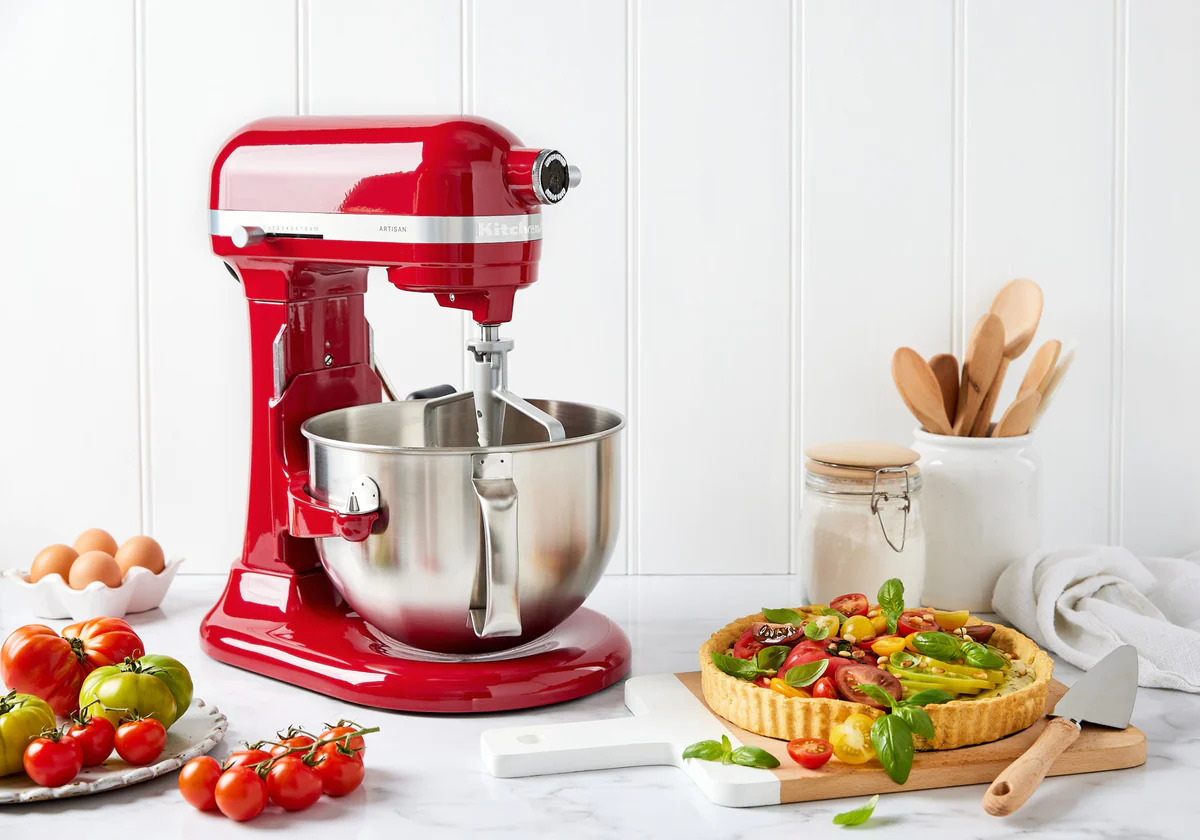
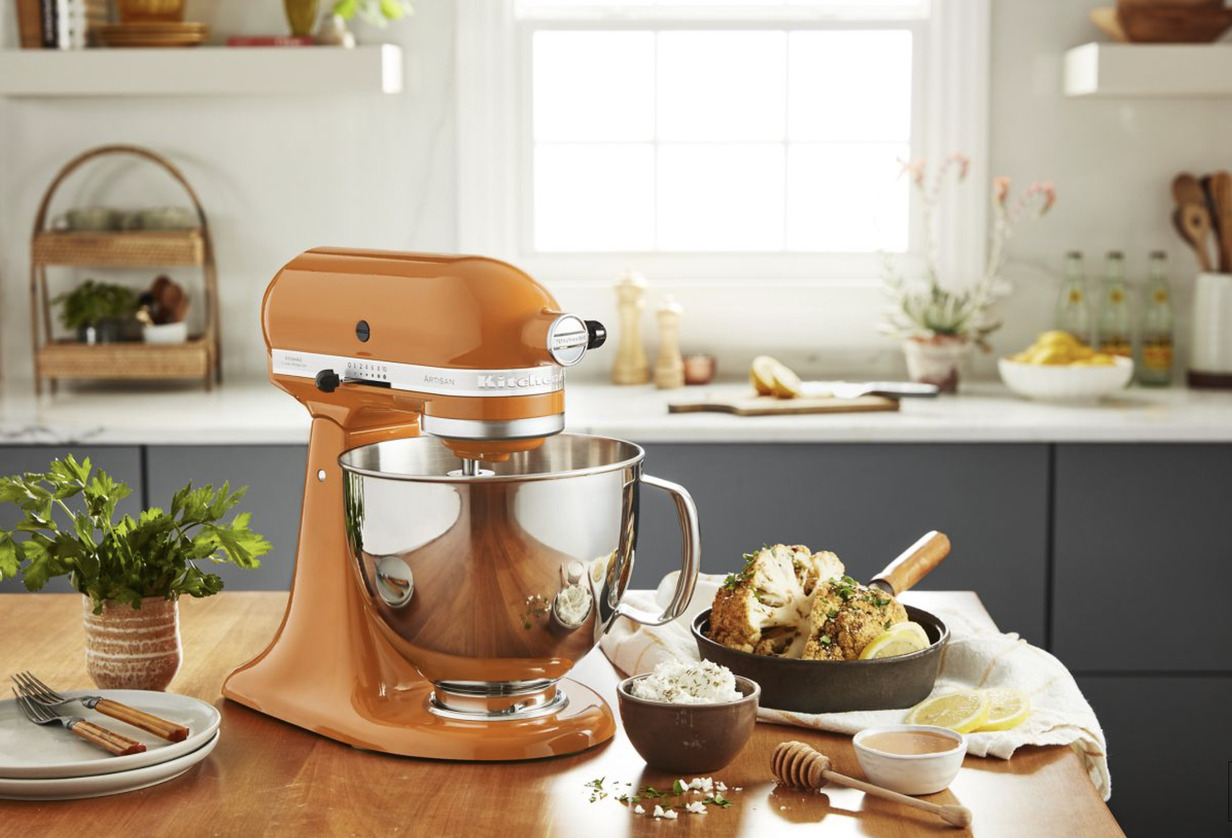

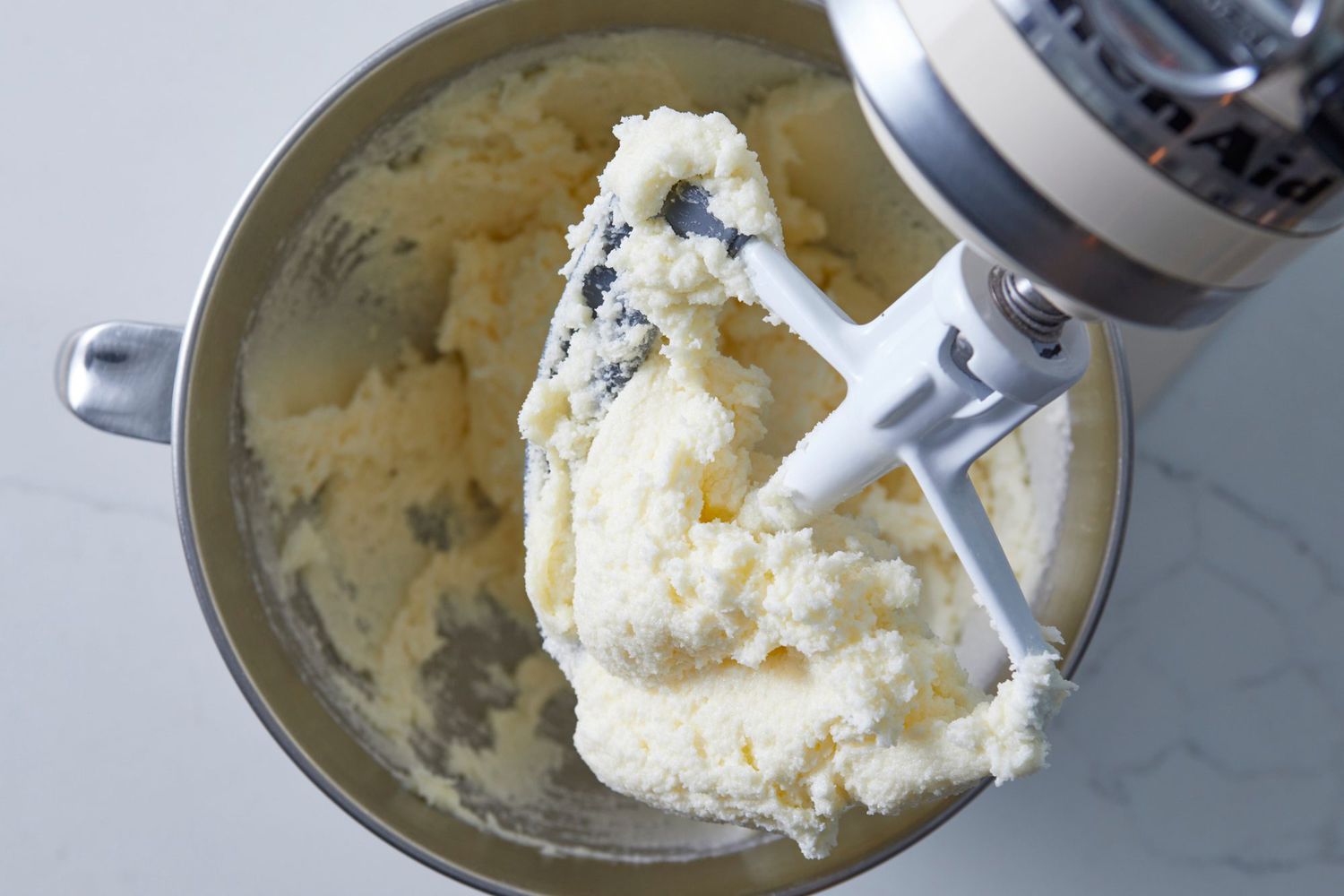
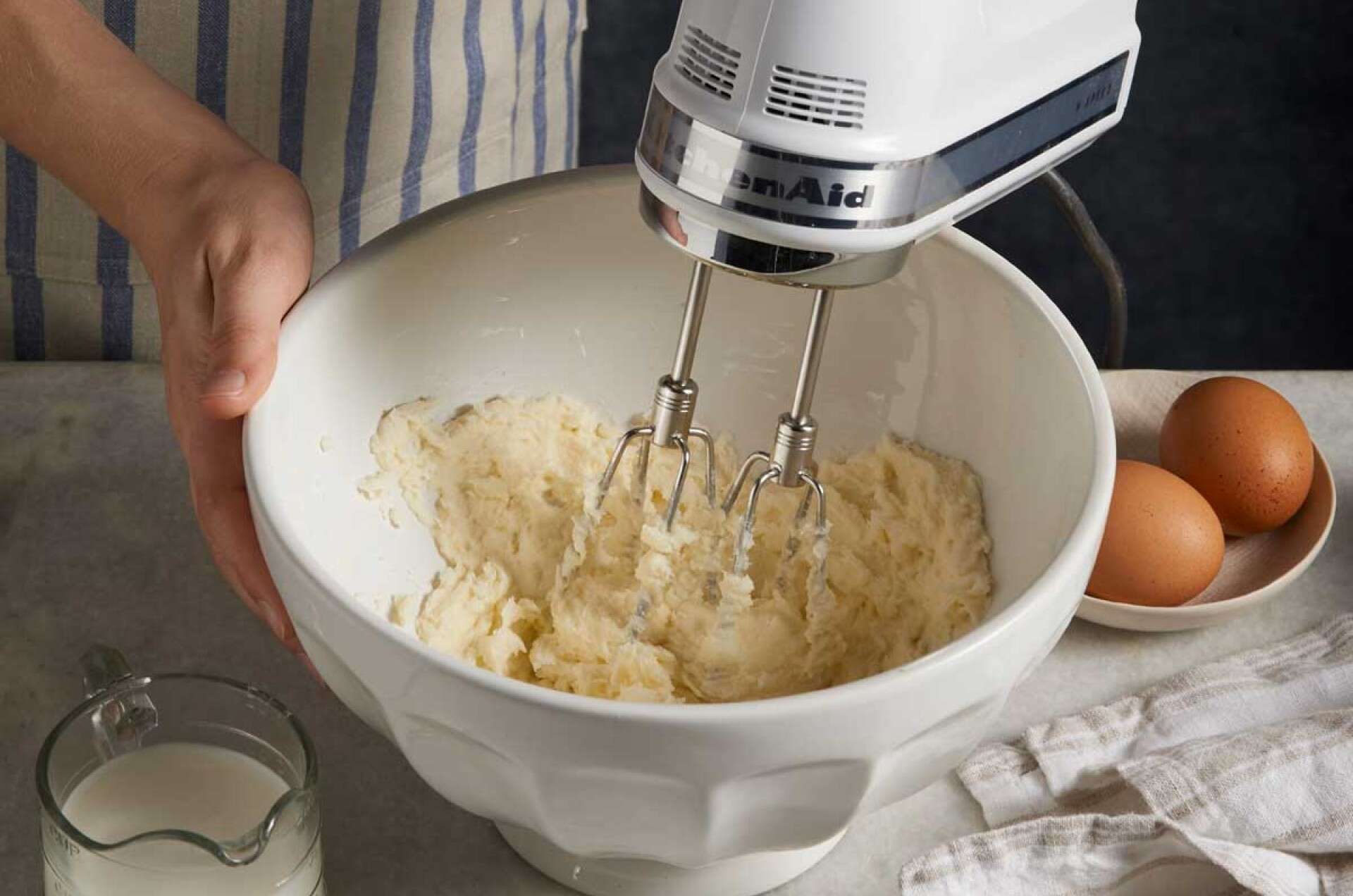
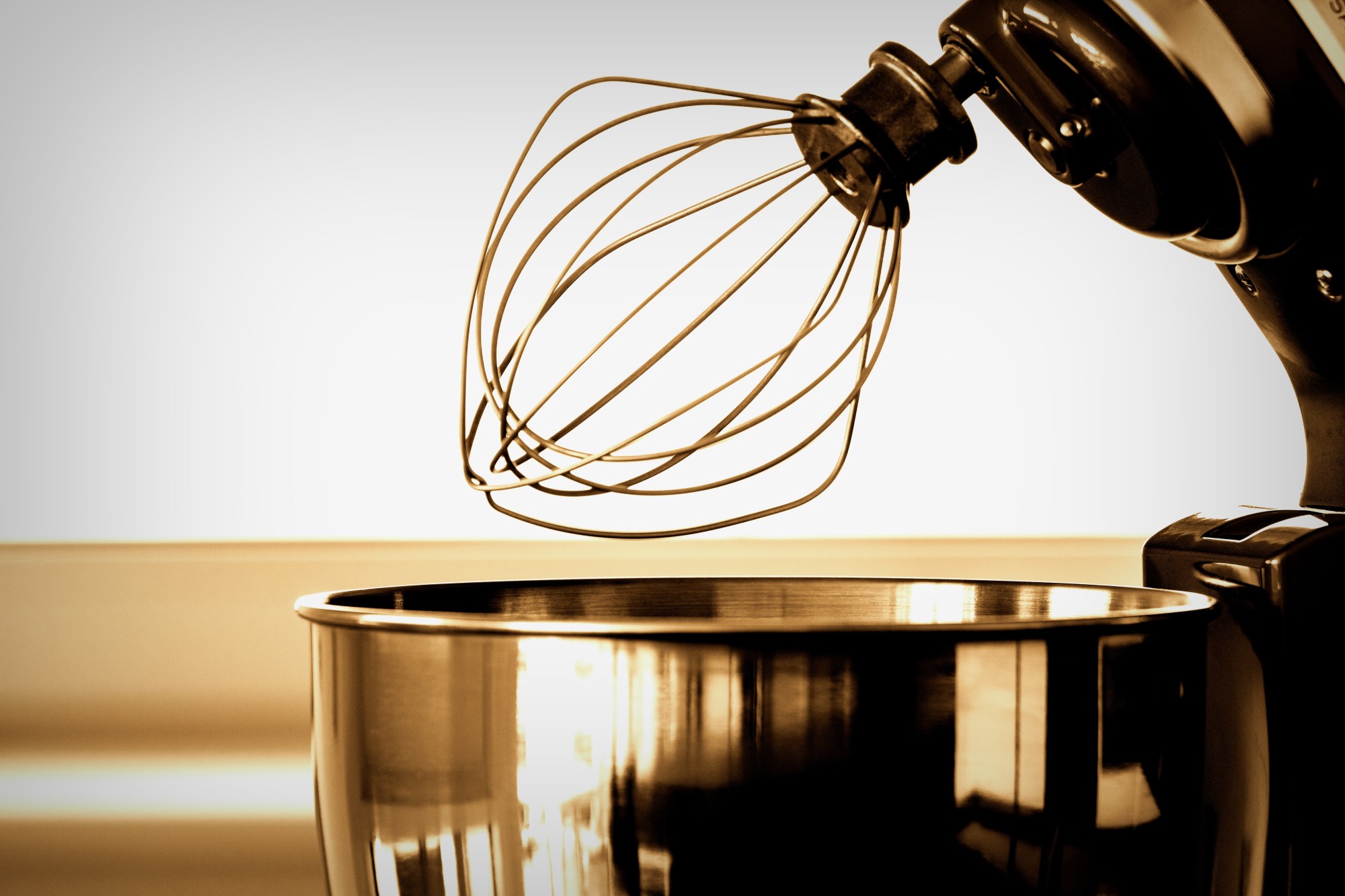

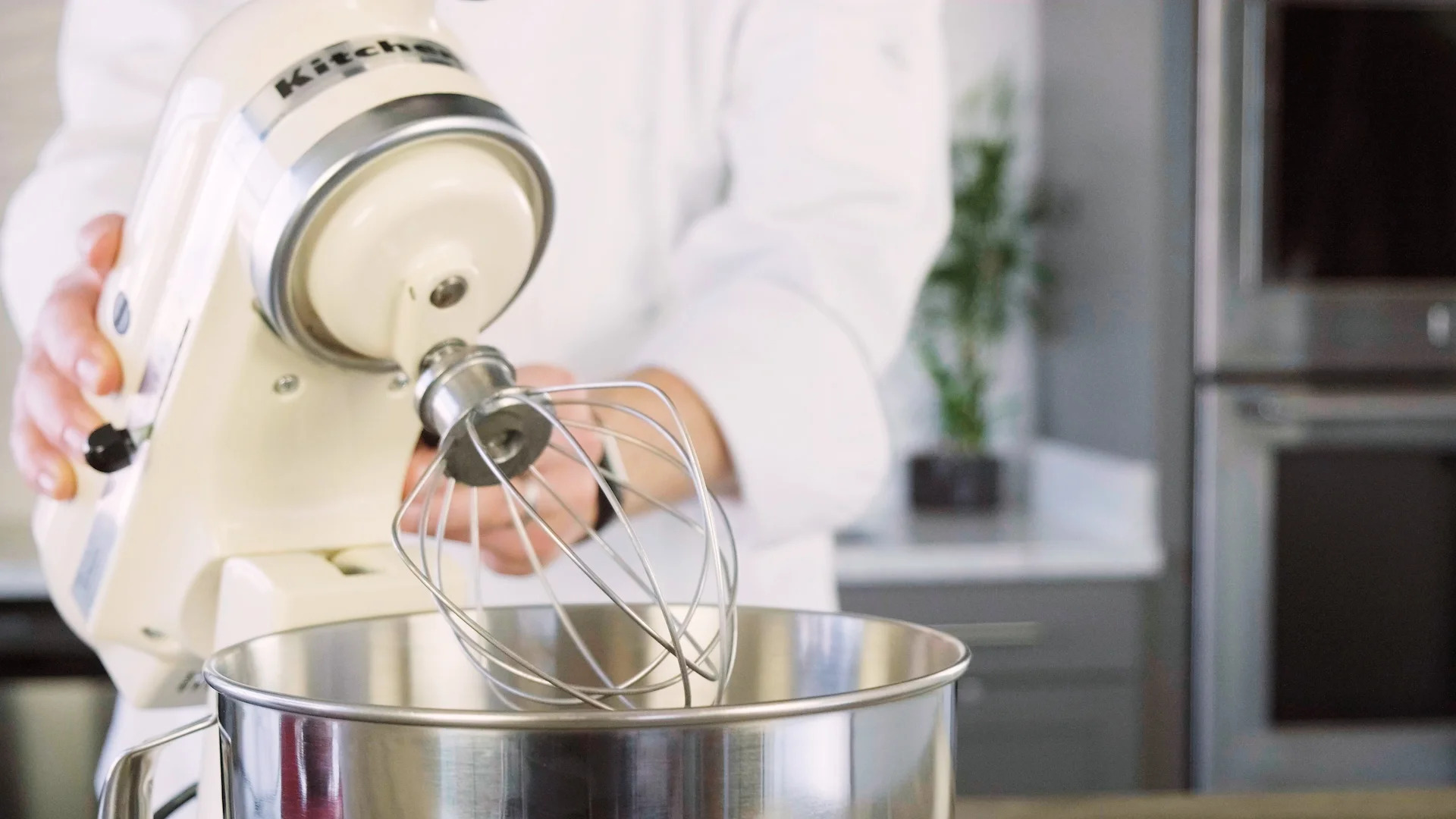
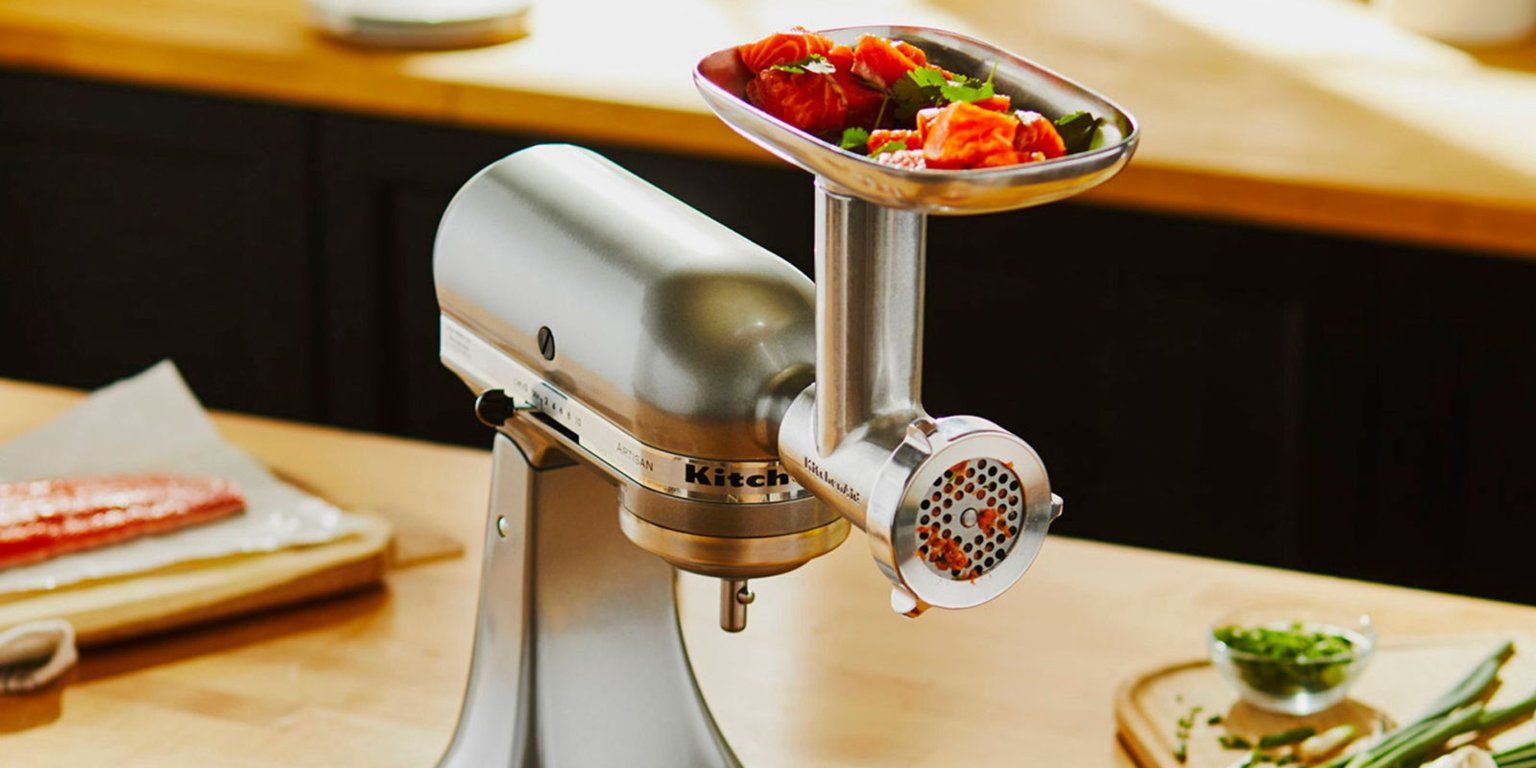
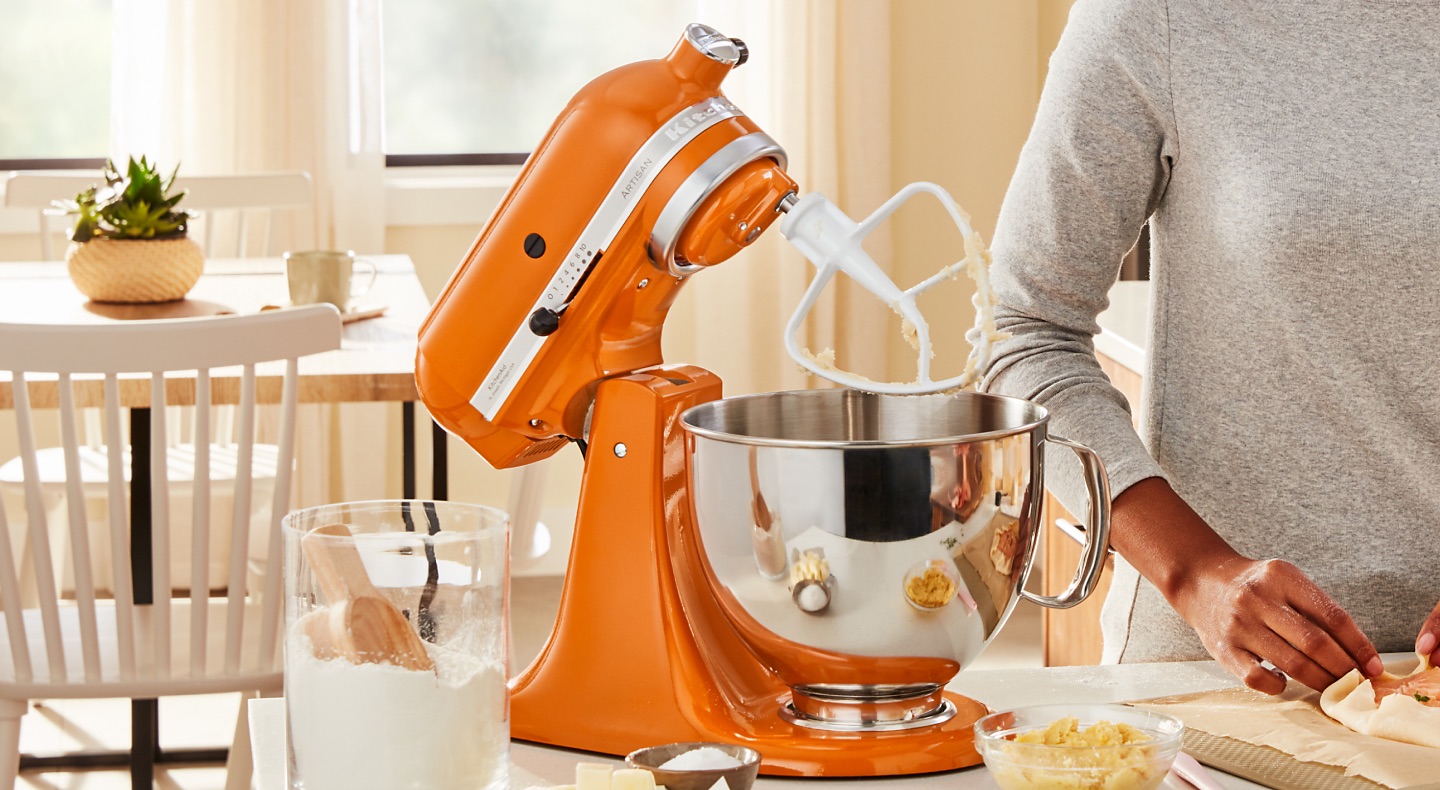
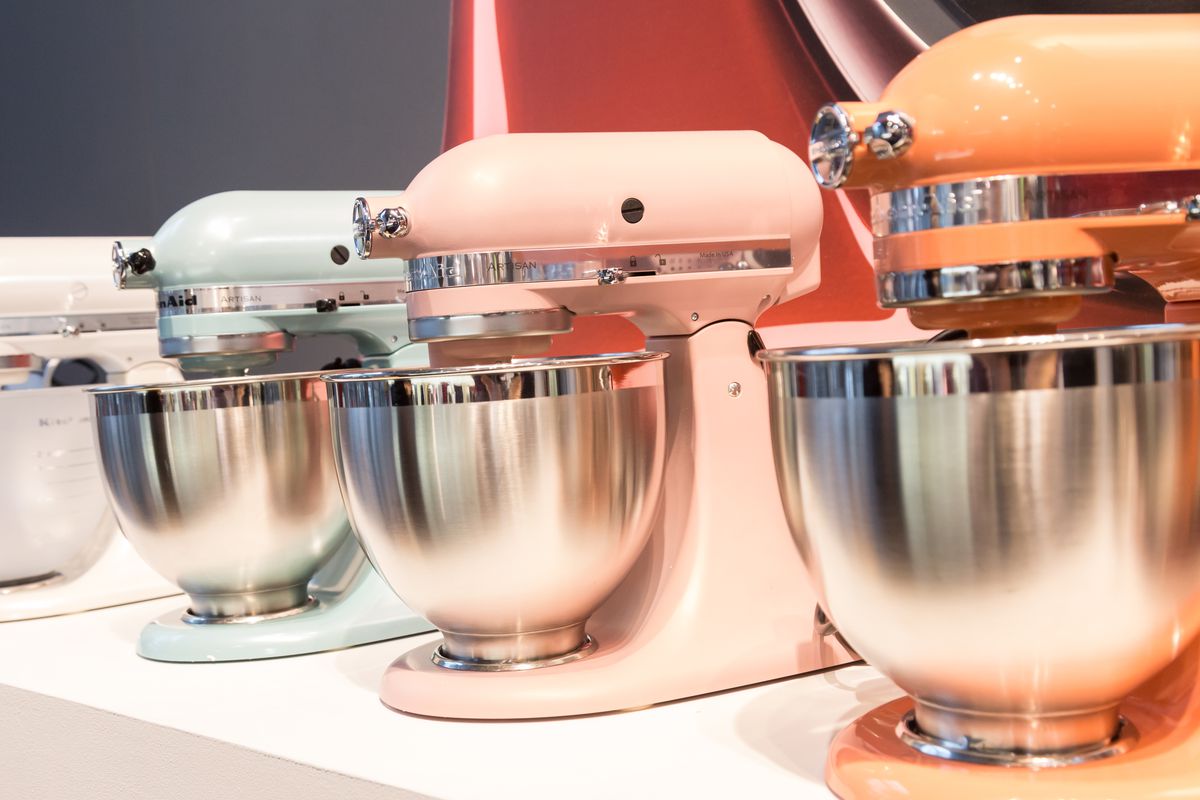
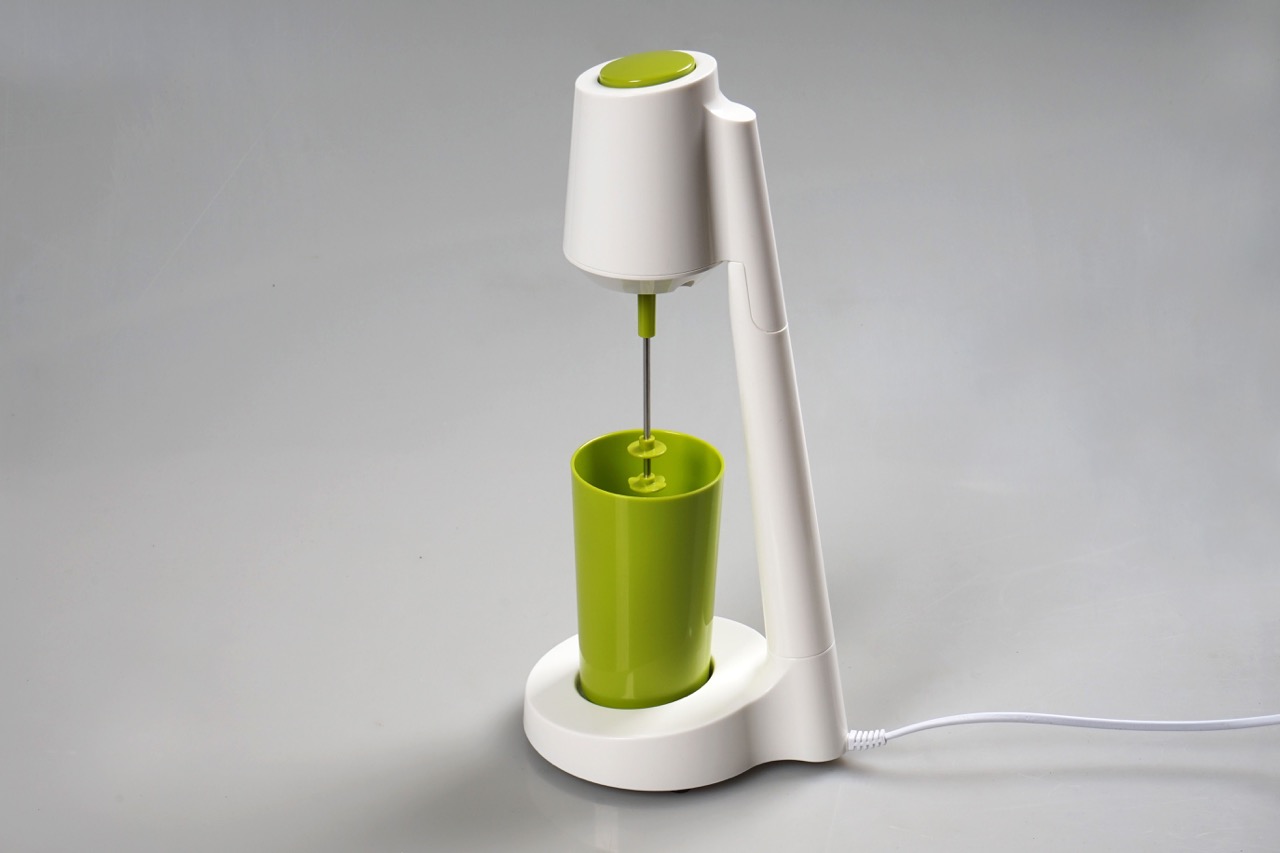

0 thoughts on “Which Motor Used In Mixer”